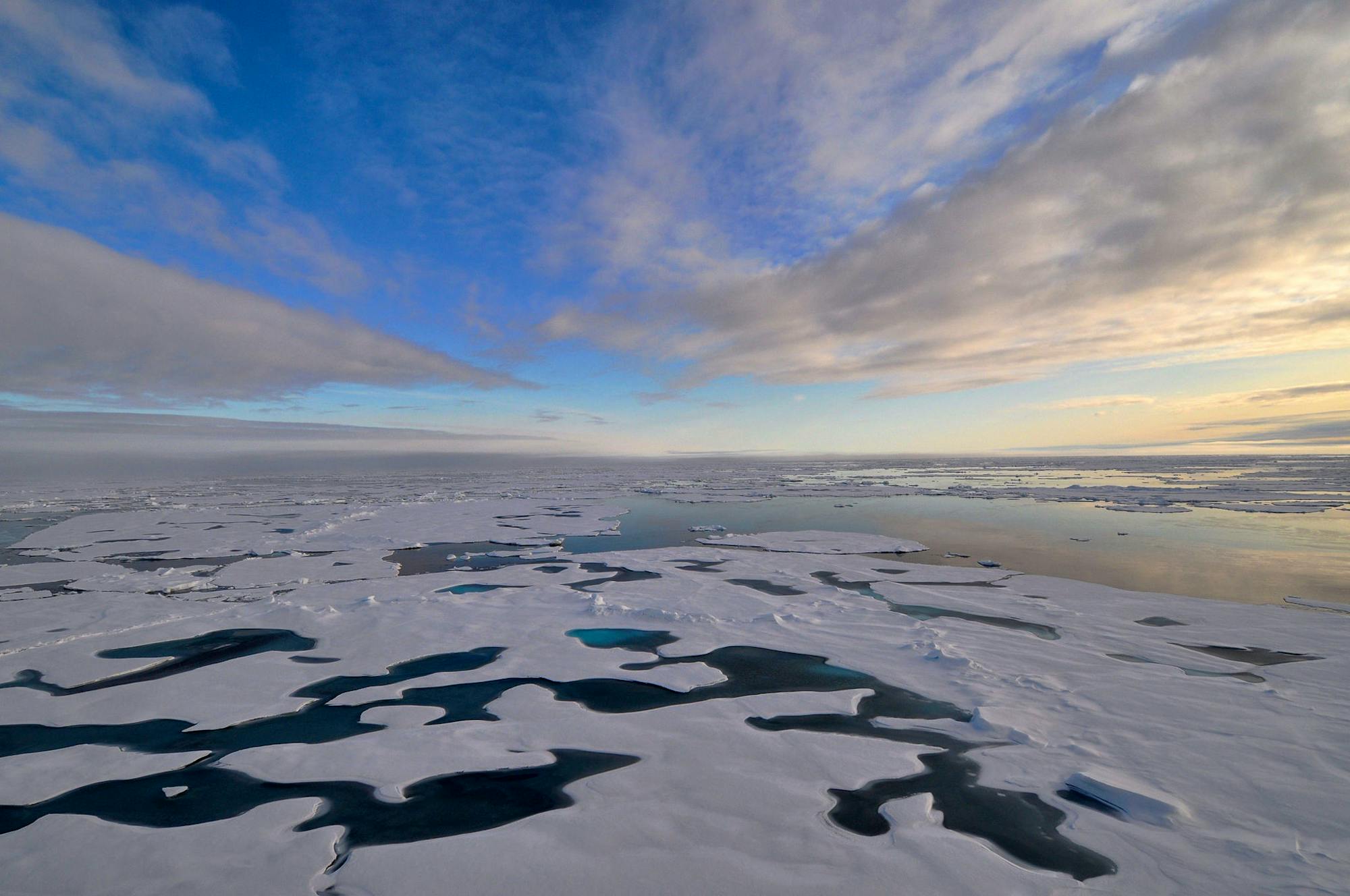Karla Dutton, Alaska Program Director

(c)Joan Cambray
I recently attended the 11th Alaska Marine Science Symposium (AMSS) in Anchorage. This year, the AMSS brought together almost 1,000 marine science researchers, educators, students and policy folks like me from Alaska, the Pacific Northwest and other Arctic regions to learn the latest in the fields of climate, oceanography, the benthos (collection of organisms living on or in the sea bottom), fish, seabirds, marine mammals and local and traditional knowledge. The week-long symposium presentations were grouped in three marine regions: the Gulf of Alaska, the Arctic and the Bering Sea.
We heard from several leading scientists and researchers about how small marine animals (lower on the food chain) are changing, and how that change is (and will likely continue to) impact marine mammals. Dr. Jeremy Mathis, who works for the Pacific Marine Environmental Lab and the Institute of Marine Science at the University of Alaska Fairbanks, provided the keynote address. He told us that glacial melt (water from melting glaciers into coastal areas) is mixing with seawater, resulting in lower levels of oxygen and higher rates of carbon dioxide (CO2) in seawater, which makes it more acidic. As the planet warms in Arctic regions that contain glaciers, we can expect to see more glacial melt, lower oxygen and higher CO2 levels in the ocean, and that means increasing ocean acidification.

Sea butterfly (c)USGS
Because of Dr. Mathis’s work and others, we know that some marine organisms are sensitive to changes in acidity and lower pH can affect these organisms’ ability to survive, build shells and reproduce. The ones we need to be concerned about are called pteropods. These are small marine gastropod mollusks – sea snails that can swim, with winglike lobes on their feet giving them the nickname “sea butterflies.” These animals are also sensitive to ocean acidification — when the pH of the water is low enough, the acidic water dissolves their shells, slowly killing them. Why do we care? Because these tiny creatures are the building blocks of the food web in the region. All kinds of organisms eat them, from tiny krill to fish to whales. And other animals like seals (primary prey for polar bears) rely on the fish that eat the pteropods. These “sea butterflies” are also a major food source for North Pacific juvenile salmon, which we humans enjoy. Pteropods may be tiny, but their importance can’t be overstated – many species rely on them in one way or another.
To help marine mammal species survive the impacts of climate change, we must understand their food chain better, and that means learning how organisms like pteropods live, and how changes in their marine environment are affecting these tiny but important marine animals.
Defenders’ Alaska office continues to ensure that climate change data collection, modeling and decision-making always take the impacts to wildlife into consideration. We have served on the USFWS Connecting the Landscapes effort to use climate change models to better predict what land areas will be important to wildlife and plants as they navigate changing habitats. We also participated in the Governor’s Sub-Cabinet for Climate Change natural systems working group, which focused on preparing guidelines for wildlife and fish that are being impacted by a changing climate. And moving forward, we’re working to protect necessary habitat for polar bears, walrus and other wildlife as climate change continues to affect the landscape.
Learn more about how climate change is affecting the Arctic food chain in this article from the latest issue of Defenders magazine: The Heat Is On



